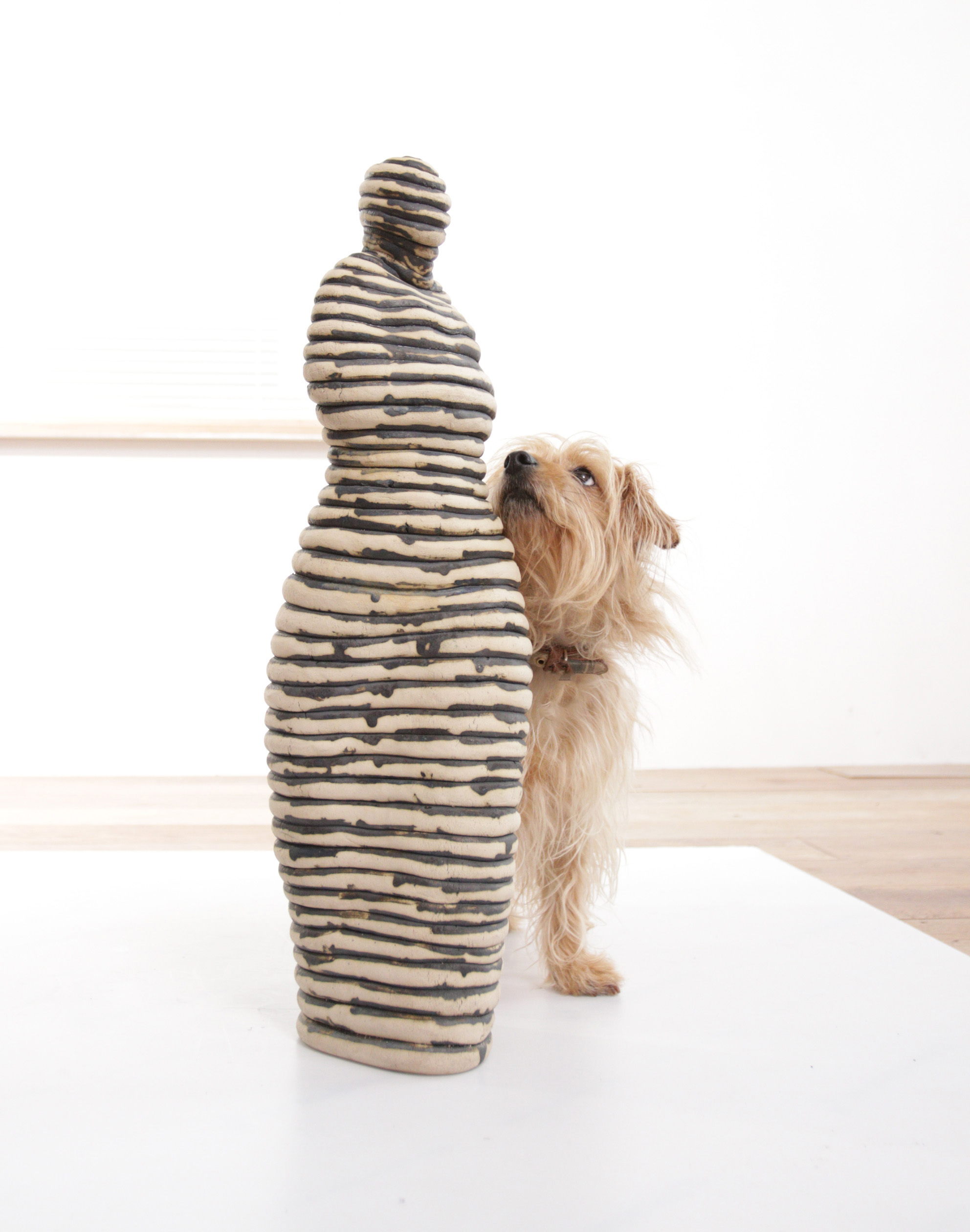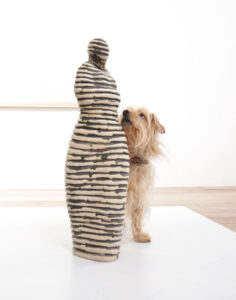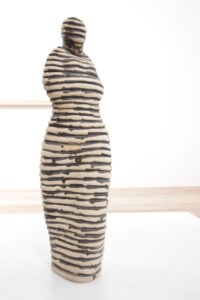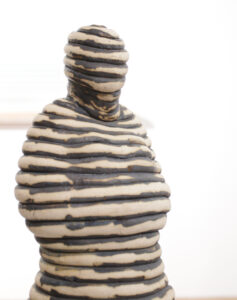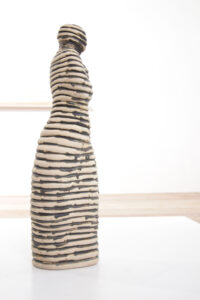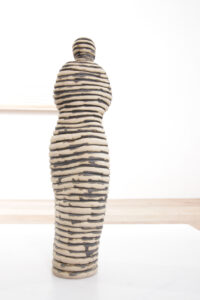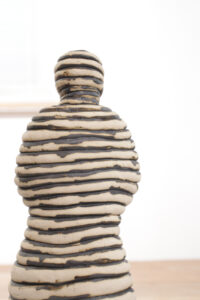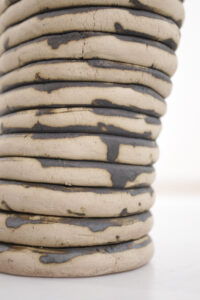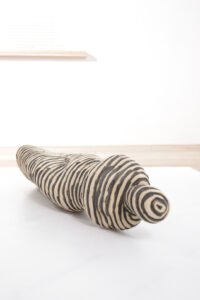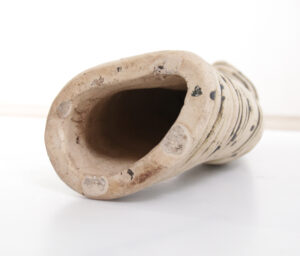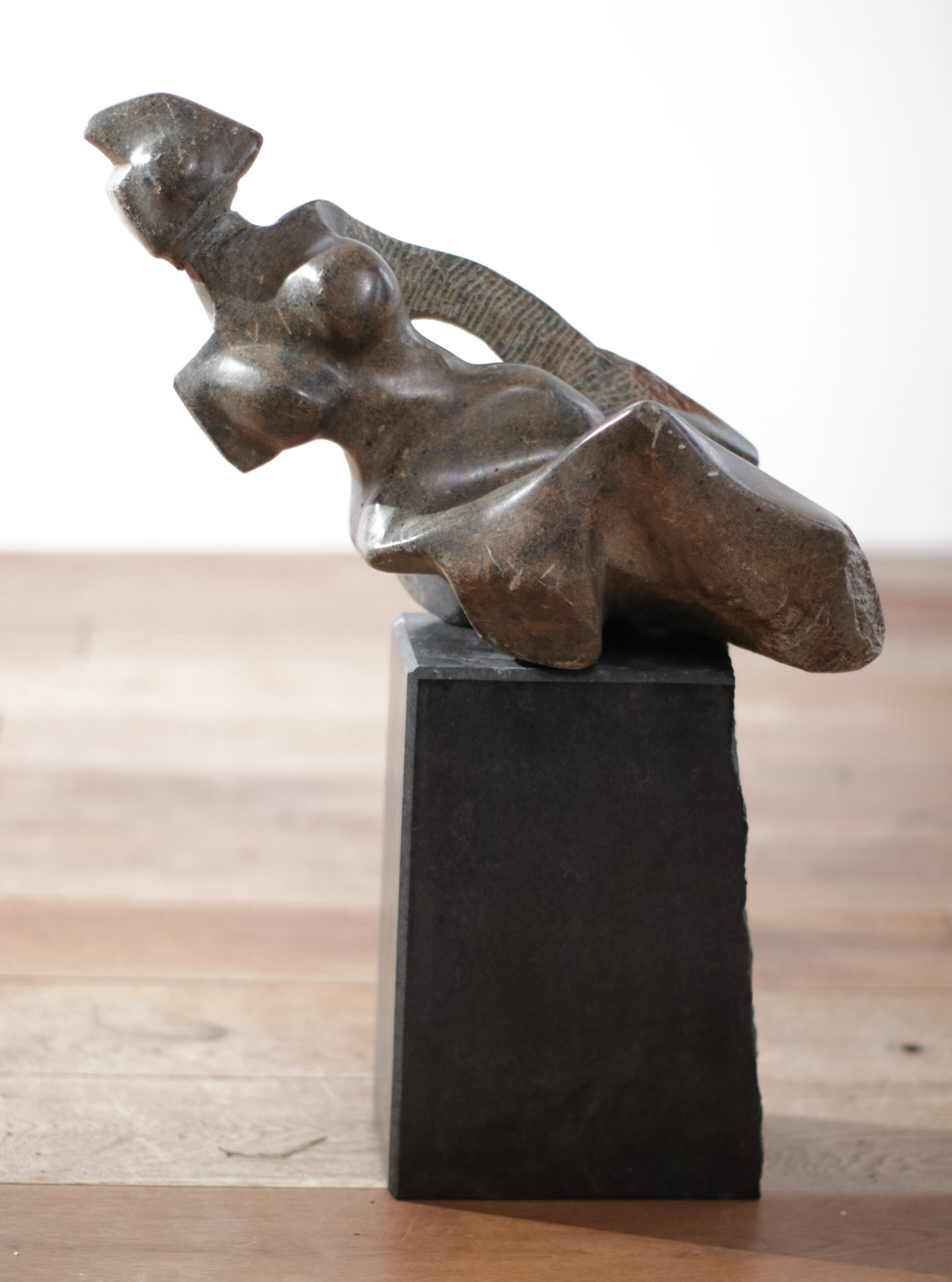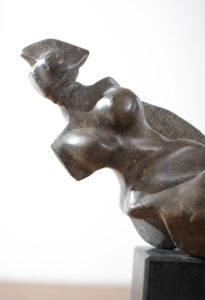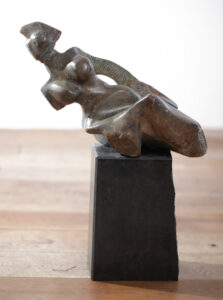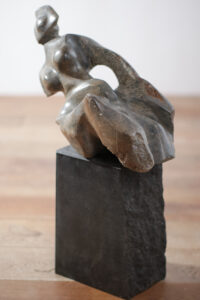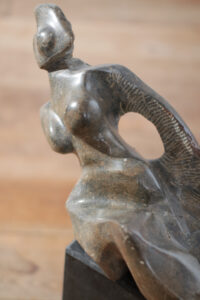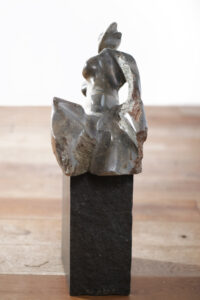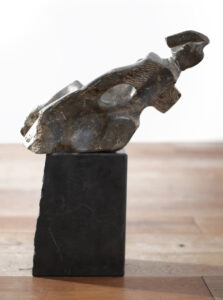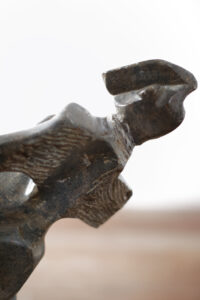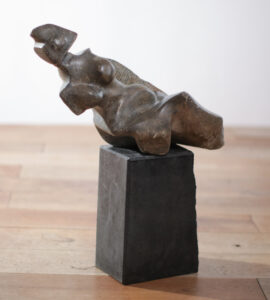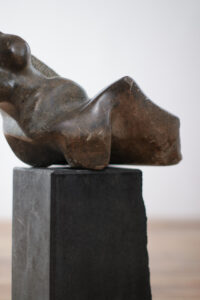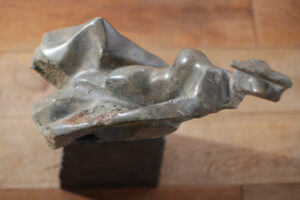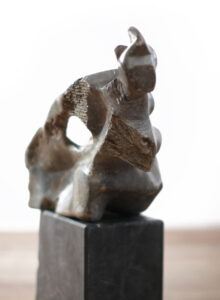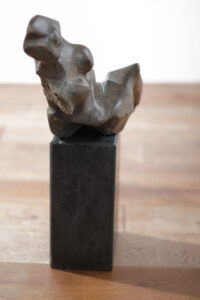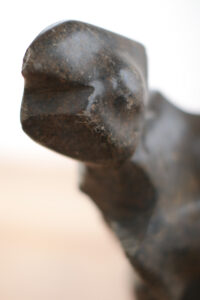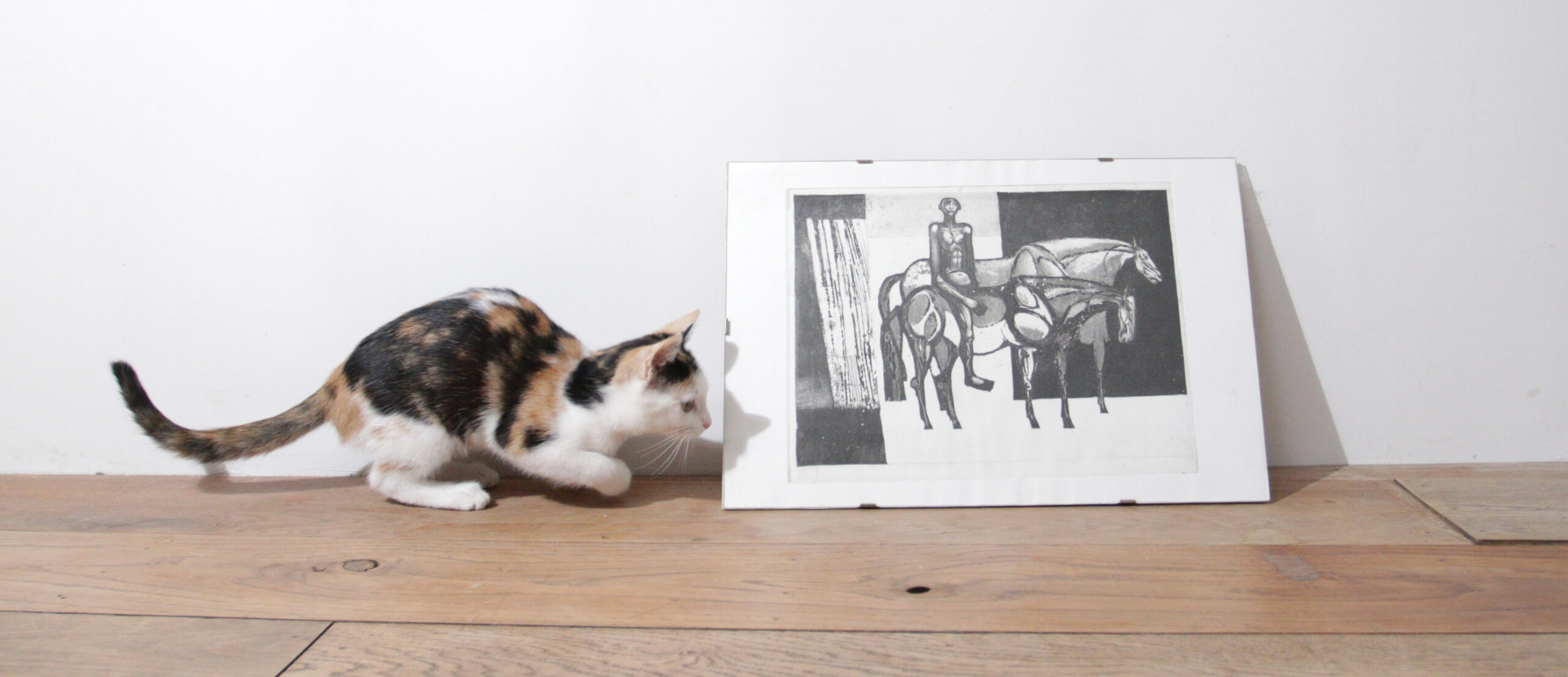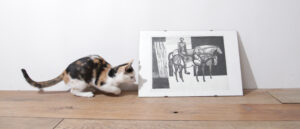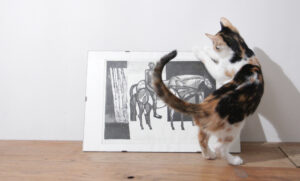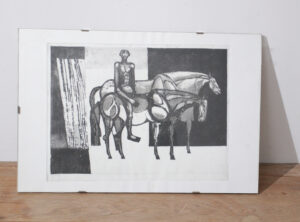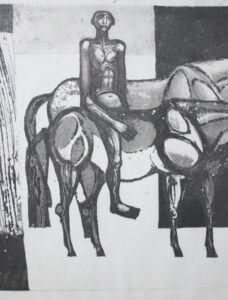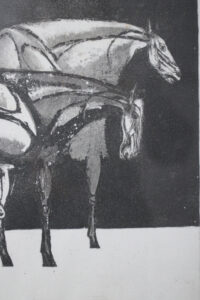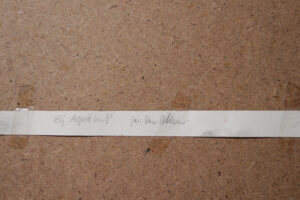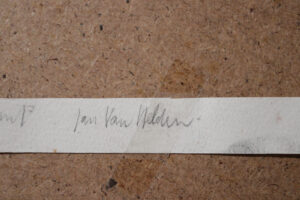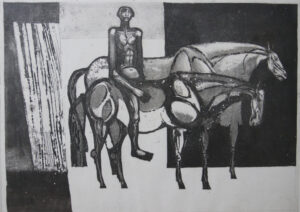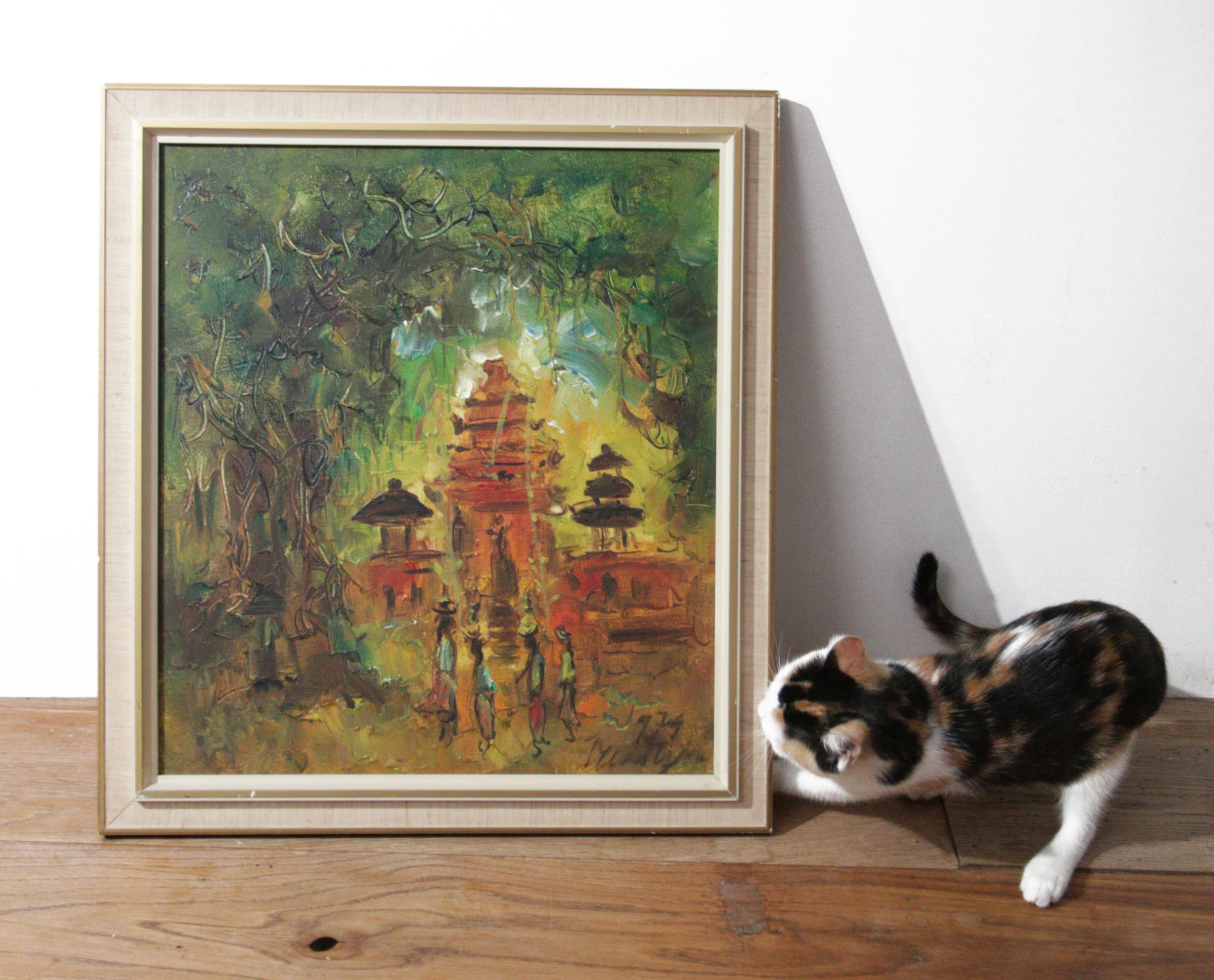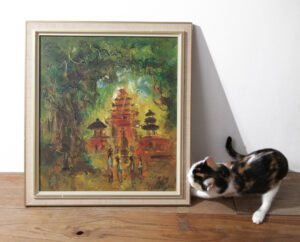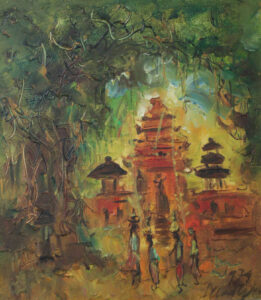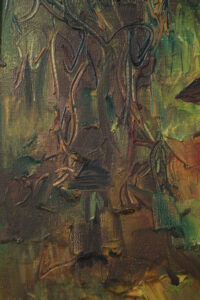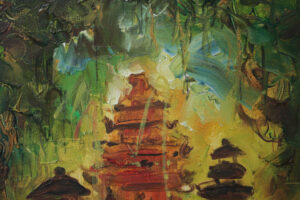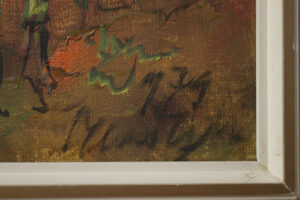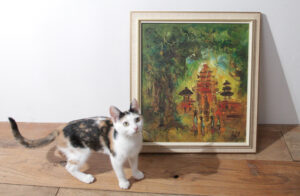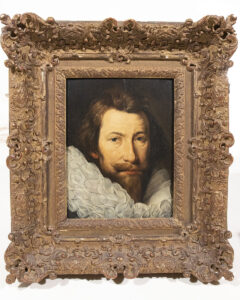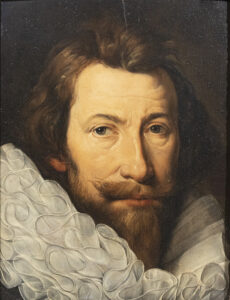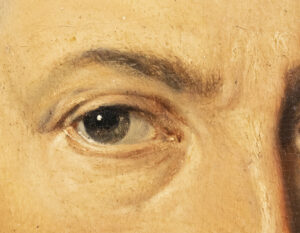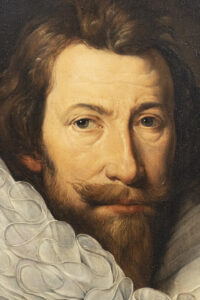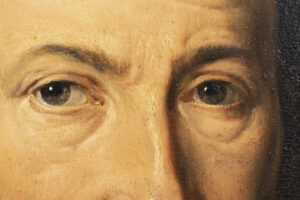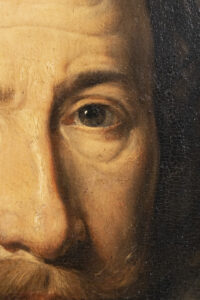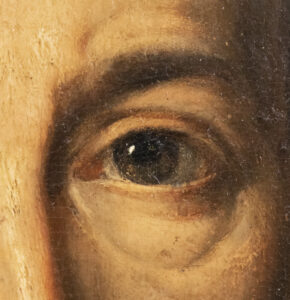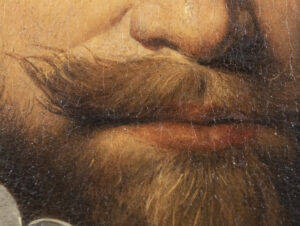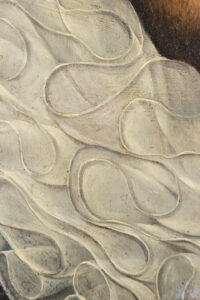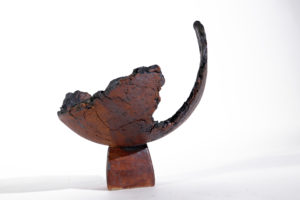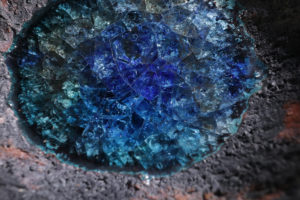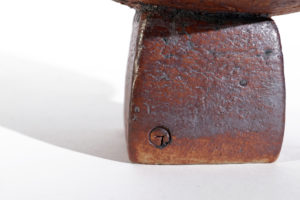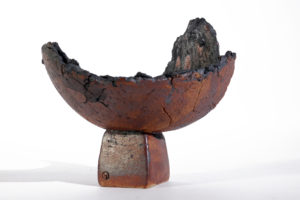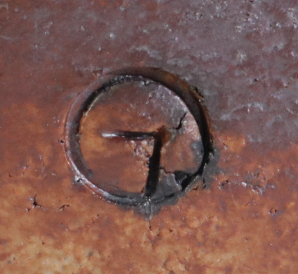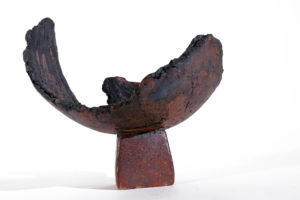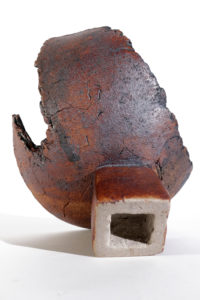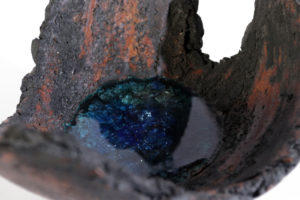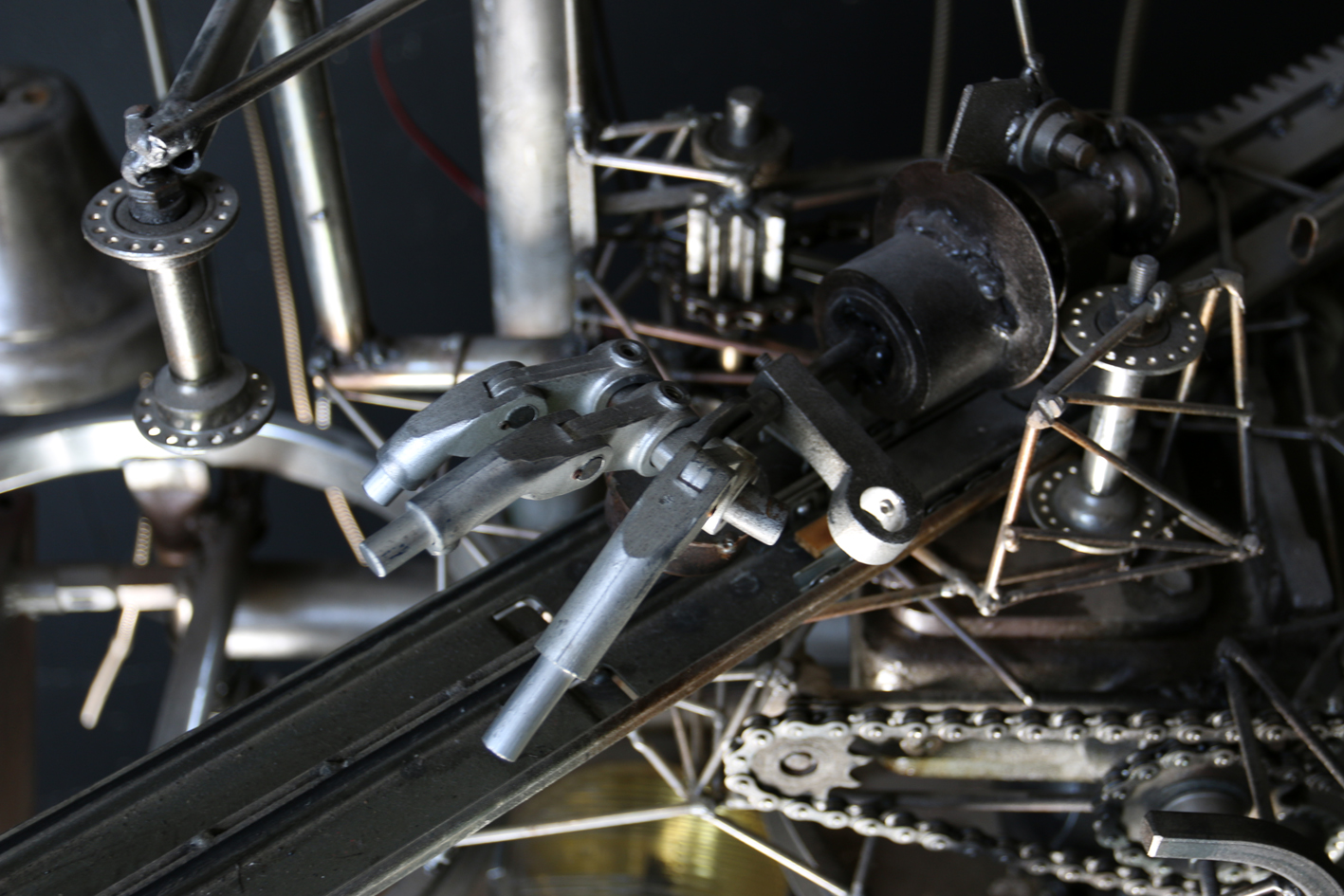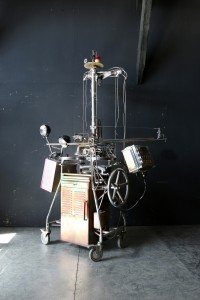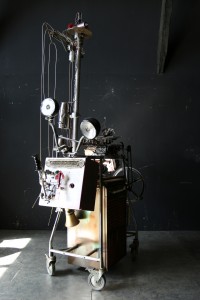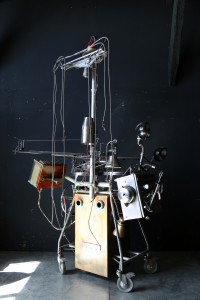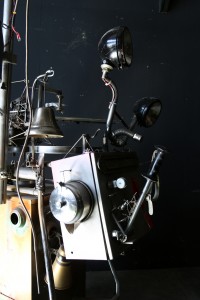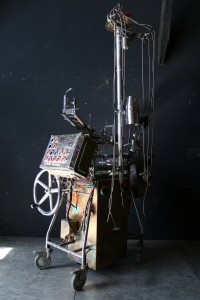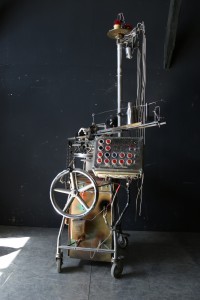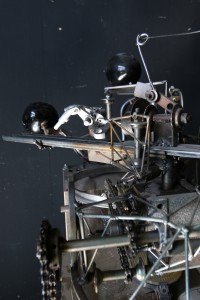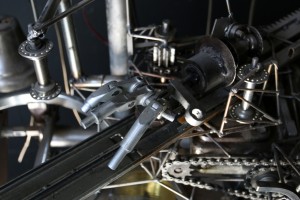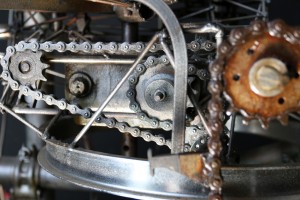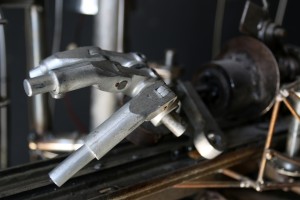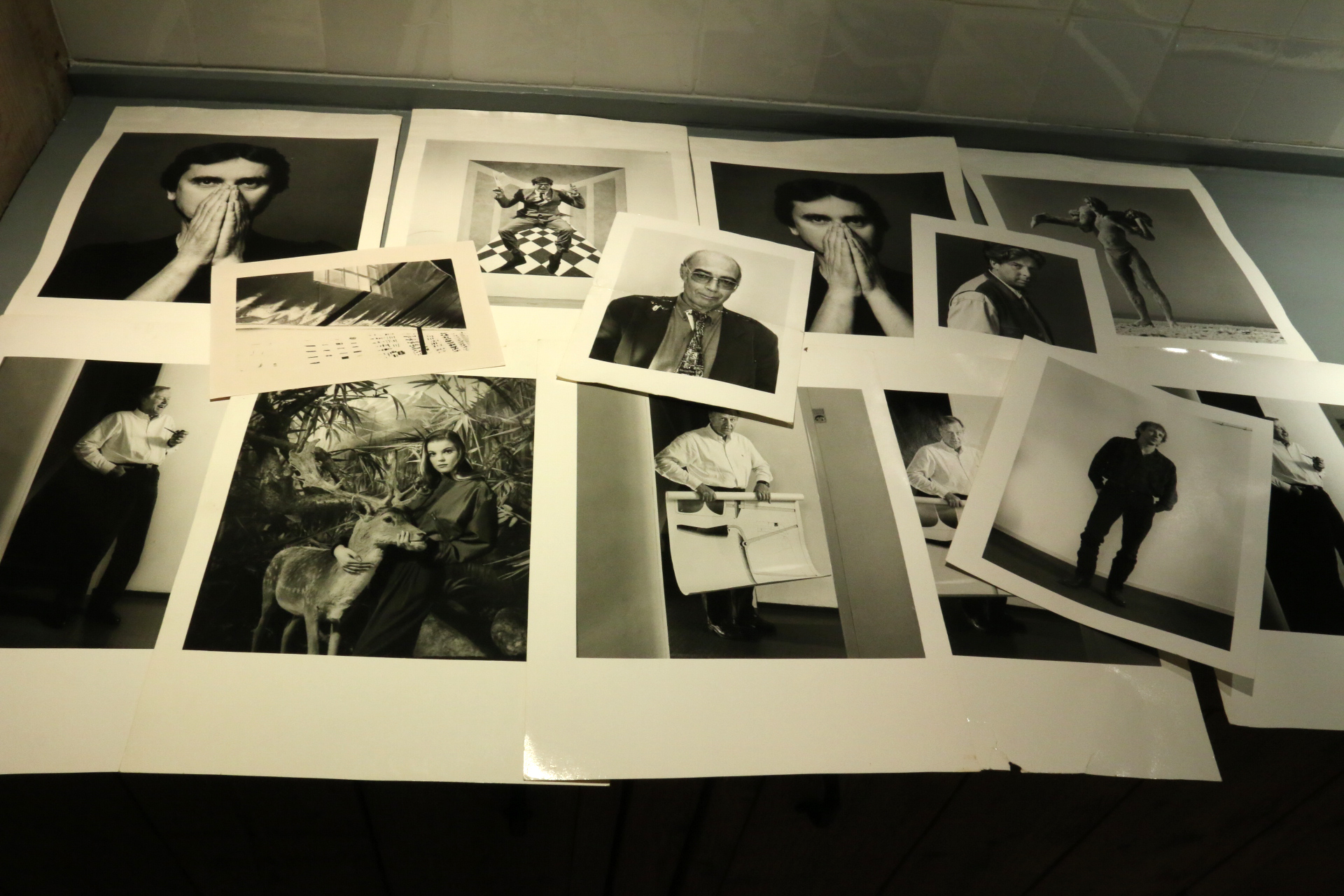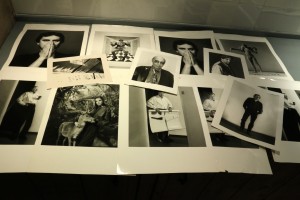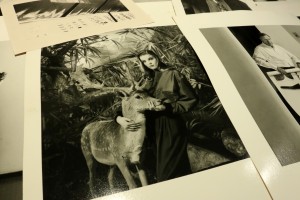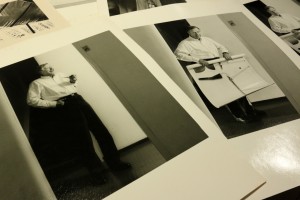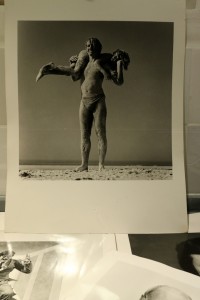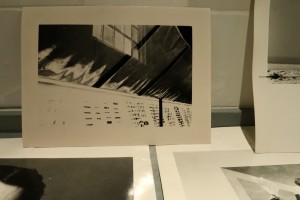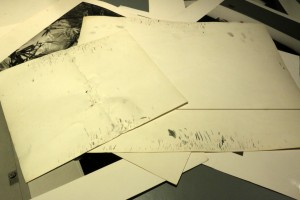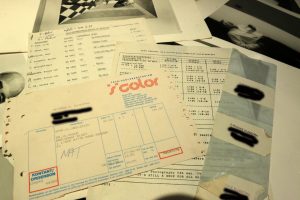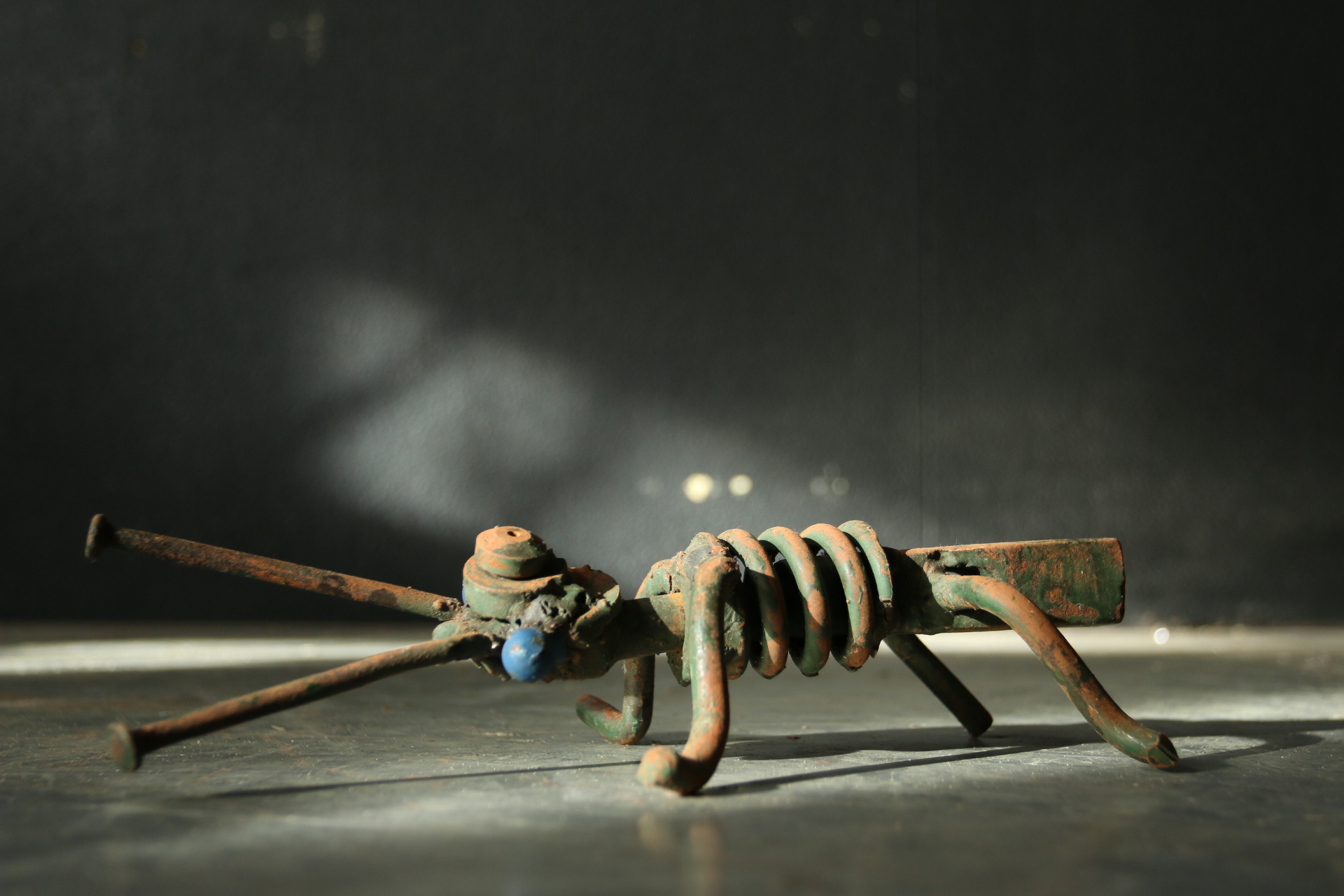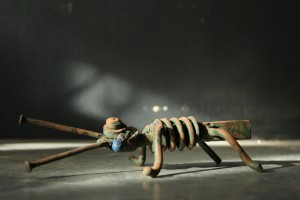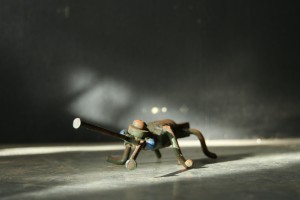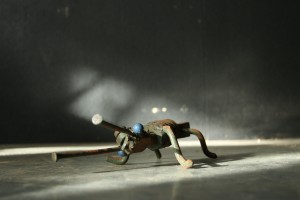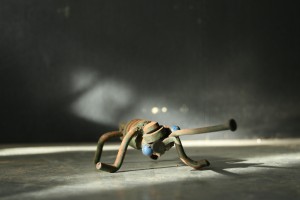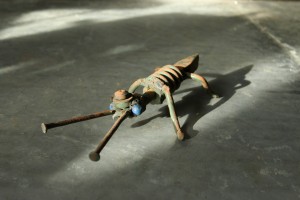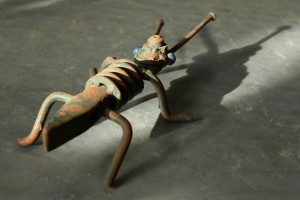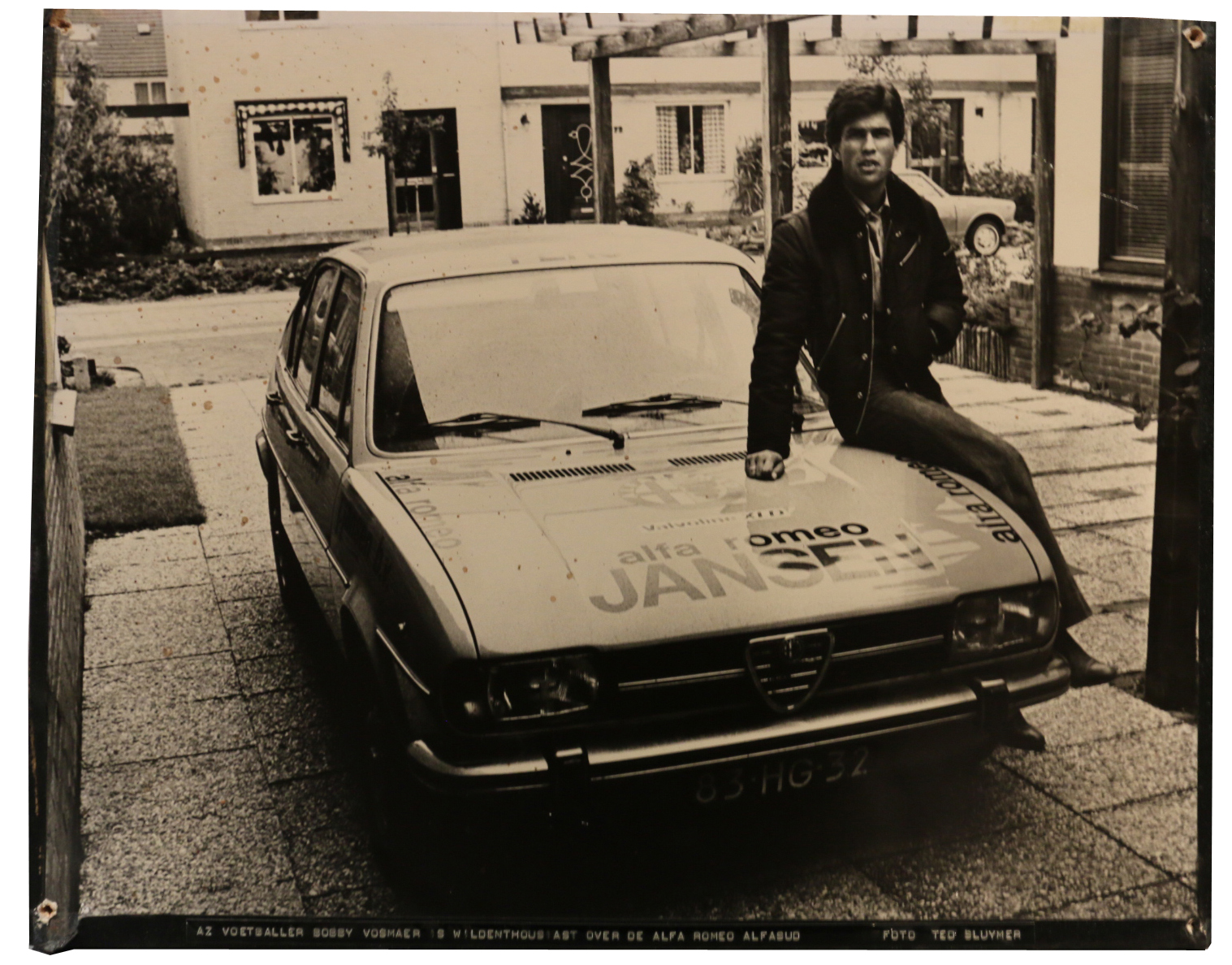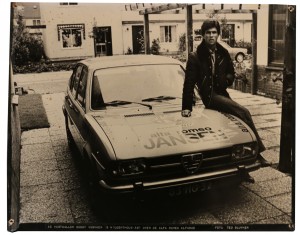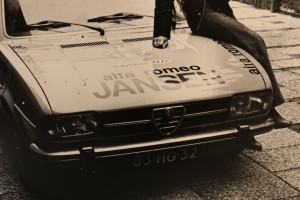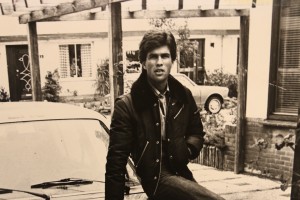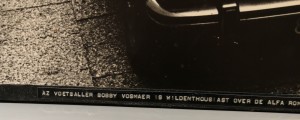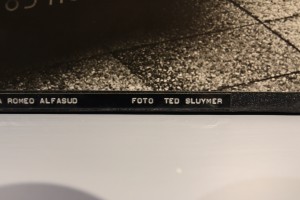
(Circle of) Jan van Ravesteyn (The Hague 1572 – The Hague 1657), Head of a bearded Man, oil on panel, 31 by 23,5 cm (measurements are of the panel without the frame)
Full name Jan Anthoniszoon van Ravesteyn
Born The Hague (?), ± 1572
Died The Hague, buried there on June 21, 1657
Country of birth Netherlands
Occupation(s) Painter
It is not known who Van Ravesteyn’s teacher was, but he was a follower of the Delft portraitist Michiel Jansz. van Mierevelt. Van Ravesteyn is also mentioned a number of times in that city in 1597. From 1598 until his death he lived in The Hague. It is difficult to determine which works can be attributed to his oeuvre because his brother Anthonie and other namesakes were also active as painters during the same period. Many famous people have posed for him, while he also created some shooter and magistrate pieces. Numerous portraits of members of the various branches of the House of Nassau were produced in his studio.
Van Ravesteyn was a teacher of Dirck Abrahamsz., Leendert Barthouts, Johannes Harmensz. Borsman, Aelbert Dircksz. Coeppier, Pieter Craen, Jacob Dirksz. van den Enden, Fransise de Goltz, Adriaen Hanneman, Barent Jansz., Thomas Ouwater, Clement Ram, Jan Rassenbourch, Frederick Sonnius, Dirck Verlaer, Jan Pous Voet and Pauwels Willemsz.
Biography
Van Ravesteyn belonged to a large family from which several painters came. His father Anthonis was a glass painter. In 1598 van Ravesteyn became a member of the Hague Guild of Saint Luke and it is also known that he was a member of the Haagse Schutterij. In 1604 he married Anna Arents van Berendrecht. In the same year he is mentioned by Karel van Mander in his book Schilder-boeck: I also did not have to conceal in The Hage a very good Painter and Conterfyter, called Ravestein, who has a beautiful and good deed. In 1608 he bought a house on the corner of Papestraat and Oude Molstraat in The Hague from Maerten Rosa, clerk of the Supreme Court of Holland, and moved in 1628 to another house in the last street.
Van Ravesteyn was a Roman Catholic and his name is mentioned several times as a witness at ceremonies in the Catholic secret church in the Oude Molstraat, including in 1641 at the wedding of his daughter Agnes to Willem van Culenborgh. In 1654 van Ravesteyn moves into a house in Nobelstraat next to his daughter’s. In 1656, Van Ravesteyn resigned from the Guild of Saint Luke with several art brothers, after which he became co-founder of Confrerie Pictura in 1656, a year before his death. When Antoon van Dyck was in the Netherlands, he painted a portrait of Jan van Ravesteyn, from which it can be concluded that he was already a celebrity in his own time. The painted (self) portrait of Van Ravesteyn also appears in the civic guards-cum magistrate piece The magistrate of The Hague receives the officers of the civic guard on the Sint Sebastiaansdoelen from 1618. He is depicted on the left side of the painting, on the back row, fifth from the left.[2] This painting is part of the collection of the Hague Historical Museum.
Van Ravesteyn had several children and was the father-in-law of the painter Adriaen Hanneman, who married his daughter Maria in 1640. In the same year his wife dies and she is buried in the Kloosterkerk in The Hague. At least one of his sons, Arnold van Ravesteyn, followed in his footsteps and became a painter and would follow him as a member and dean of Confrerie Pictura. After his death in 1657, Jan van Ravesteyn was buried in the family grave in the Kloosterkerk. His son-in-law Adriaen Hanneman would later be interred in this grave as well.
Bron: Wikipedia
Price: On request
